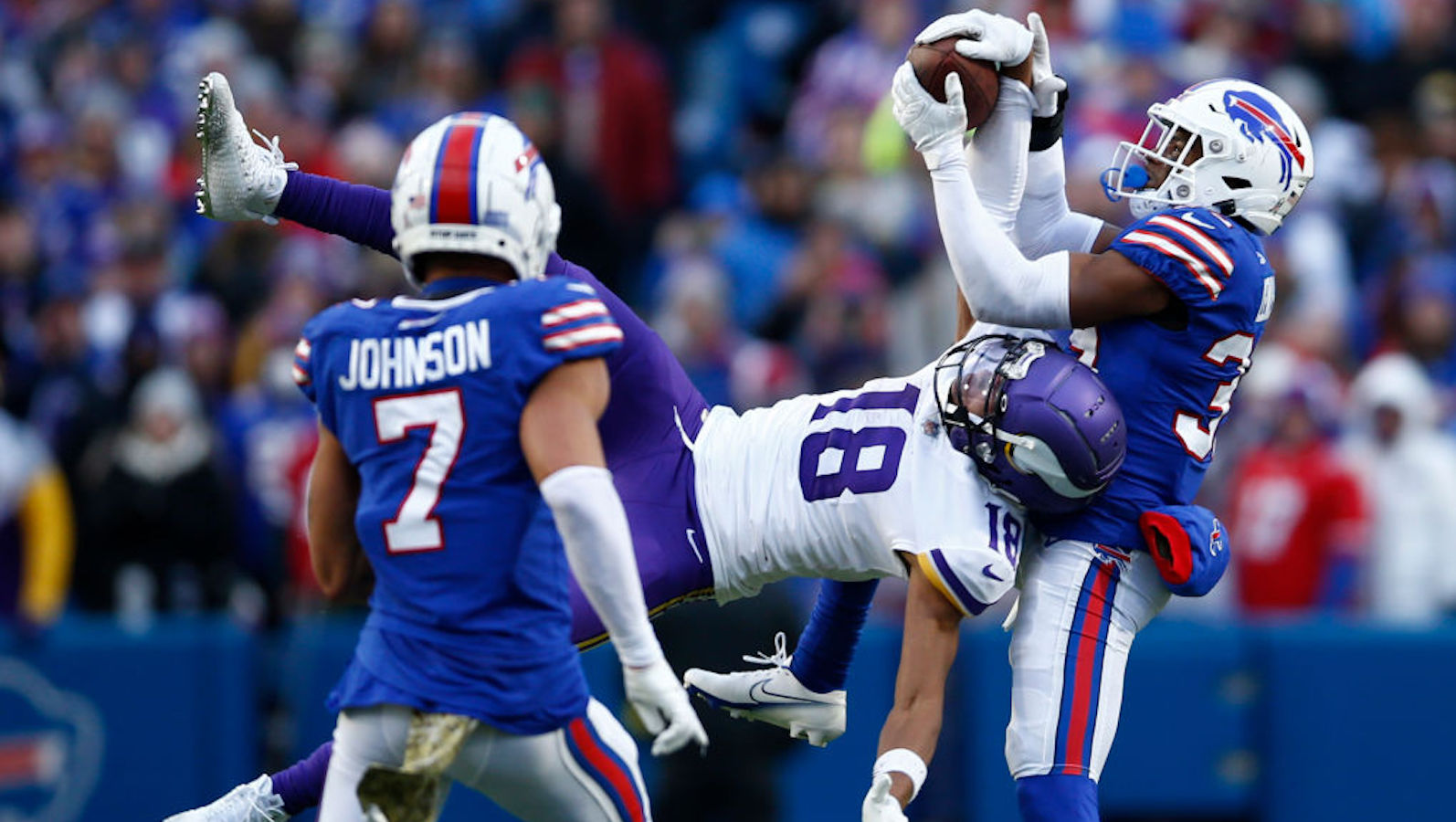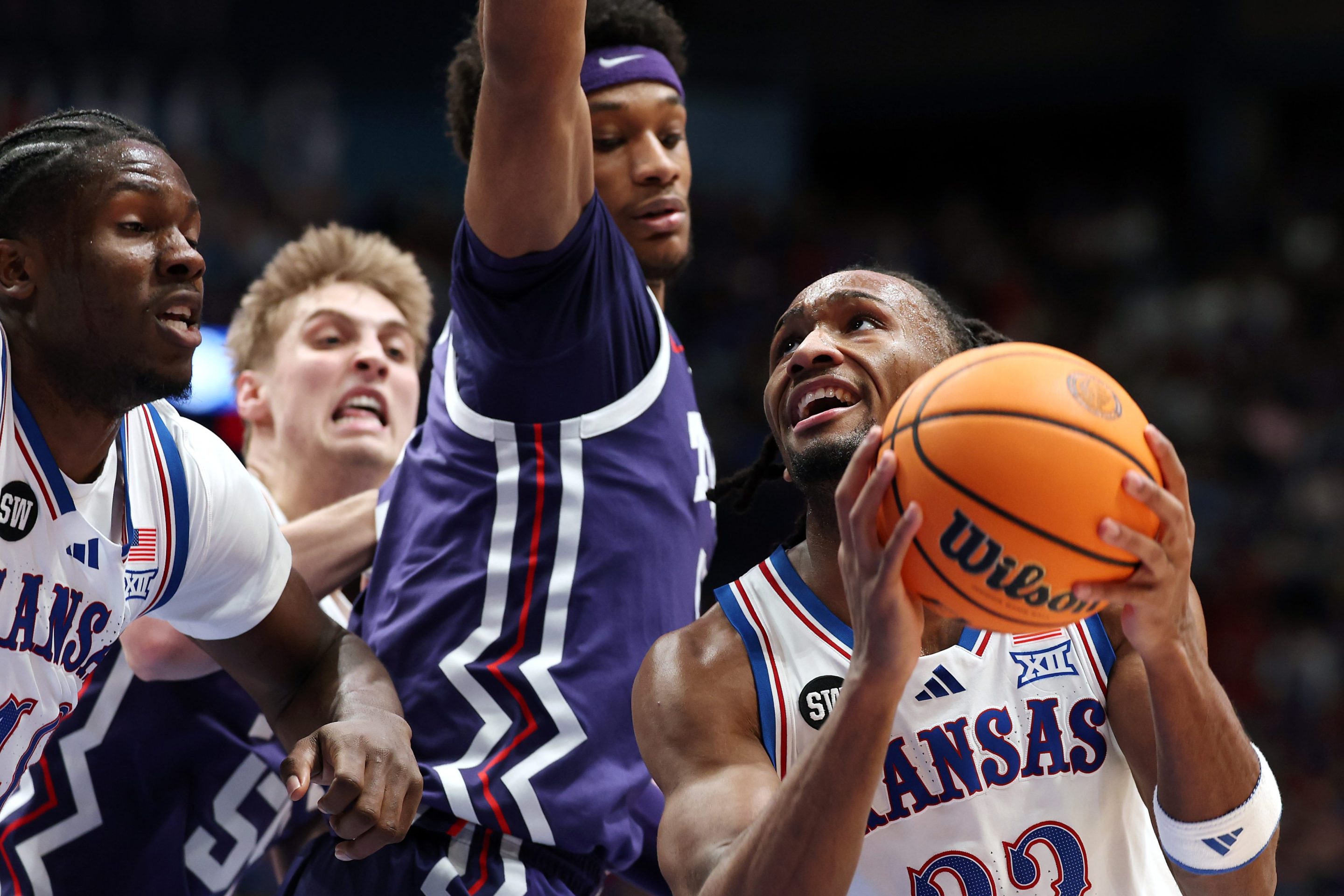Long ago, I had a friend whom I will call C. He earned a nice living providing recreational pharmaceuticals to local athletes, as well as to the visiting-team athletes who came to town and needed some pregame and/or postgame dread. One night in a campus bistro, we were watching an NBA game. This was when the NBA's nearly suicidal cocaine problem was just picking up steam, causing certain revisions to C's basic inventory, and he was quite attuned to the changing marketplace. At one point in the game, a universally admired player let a pass go through his hands, and then dribbled the ball off his foot. The announcers were agog. "He's got a problem," C told me. "That man is on the stuff."
C went on to explain what we'd just seen. Players, he explained, can slow down because of age or injury, both of which are fairly inevitable among elite athletes. A pitcher's elbow has only so many 12-6 curveballs in it. The human knee was not designed to be used to play football. There is only so much pounding, on asphalt and parquet, that a pro basketball player's joints can take before the arthritis comes marching in. All of these are unavoidable, C explained, part of the price you pay.
"But guys with good hands don't lose good hands," C explained. "If you threw a bounce pass to Bob Cousy tomorrow, he'd catch it. Unless a guy gets heavy into blow. If you see a guy whose great hands suddenly go bad, you're looking at someone who's doing too much stuff." This conversation took place in the mid-1970s. Bob Cousy is 94 years old now and I'm betting he still could snag that pass, or deal one on a dime. Absent human pharmacological intervention, as C maintained long ago, great hands are forever.
Except for footie, great hands are objects of worship in practically every other sport, even in golf, where players are praised for having a "quiet" grip. I once heard a hockey scout complain that a young player had "hands like a hippo," which I promptly stole for my own perpetual use. Baseball and basketball are self-explanatory in this regard. Everyone can see the advantages of having Dansby Swanson at shortstop or Luka Doncic on the ball. Often, great hands are defined only in terms of hand-eye coordination, which is certainly an important factor. But there also is an element of imagination to it. The player has to conceive of a play before executing it. The late Jim Carroll once described his love for basketball as being rooted in how a player "can correct his mistakes immediately and beautifully, and in midair." Before a player can exercise his superior hand-eye, he has to imagine a context unavailable to humans with lesser hands. Great hands are a miracle of human evolution.
I mention all of this because, at least anecdotally, we seem to be in a kind of golden age of wide receivers in the NFL. I have seen more ludicrously athletic, ridiculously imaginative catches over the last few years than I'd seen in the previous 40. When I first began watching football, a one-handed catch was a Black Swan event. A diving catch gave the likes of Ray Scott and Lindsey Nelson serious broadcaster wood. Now, though, plays are designed for diving receivers. Low passes that are dropped are now described as catches "you gotta make."
For a diving catch to be counted as remarkable these days, it has to be something like the CGI event conjured up by Julian Edelman at a crucial point in the Super Bowl against Atlanta.
(For good and ill, the New England dynasty is going to remembered through a series of exotic receptions, all of them in Super Bowls. The David Tyree helmet catch; the Mario Manningham sideline tap-dance; Jermaine Kearse's exercise in sheer concentration that ultimately set up Pete Carroll's exercise in sheer stupidity. Even their epic 25-point comeback against the Falcons in Super Bowl 51 was nearly thwarted when Atlanta's Julio Jones made a magnificent layout catch along the sideline. The Edelman catch can be seen as fate's makeup call for all of those.)
Receivers are now expected to "high-point" the ball. Plays are designed to look like overthrows until some dude goes six feet in the air with a 180-pound cornerback attached to his knees and throws up one hand to snag a pass that was out of the camera's frame until the last possible second. (Gotta make that catch, Joe Buck.) With leaping and diving catches now common enough to be called "fundamentals" for any NFL receiver, what is left is to ring changes on those two now-basic plays. In the second quarter of a game between the Giants and the Cowboys in 2014, the bar for what an NFL receiver can be expected to accomplish was raised forever by New York's Odell Beckham Jr.
To this day, it still looks improbable. Beckham discards Dallas defensive back Brandon Carr who, insult to injury, gets called for interference anyway. He then leaps and lays out backwards, snagging the ball with what appears to be two fingers as he tumbles into the end zone. It was called iconic, and it was, for a few years anyway. Just this season, however, Justin Jefferson of the Vikings, Darnell Mooney of the Bears, and George Pickens of the Steelers all produced reasonable facsimiles of the Beckham catch. Gradually, I hope, this, too, will become something an NFL wide receiver is expected to be able to do, and something for which receiver coaches in college drill their players.
The athletic skills of NFL players have generally improved the same way the athletic skills of all professional athletes have. (The biggest change I've seen over the course of my career can be summed up, briefly, as "big people who are really fast.") So it's possible that what appears to be a golden age of wide receivers may simply be a factor in the overall trend of things. And I'm sure the Ancient Order of Leather Helmets and CTE will chime in with how the game has softened up in favor of quarterbacks and their receivers. (Snort, growl.) But football is in need of all the elegance it can scrape together, and it needs to correct what tattered shards of its public image still remain, immediately and beautifully, and in midair.






